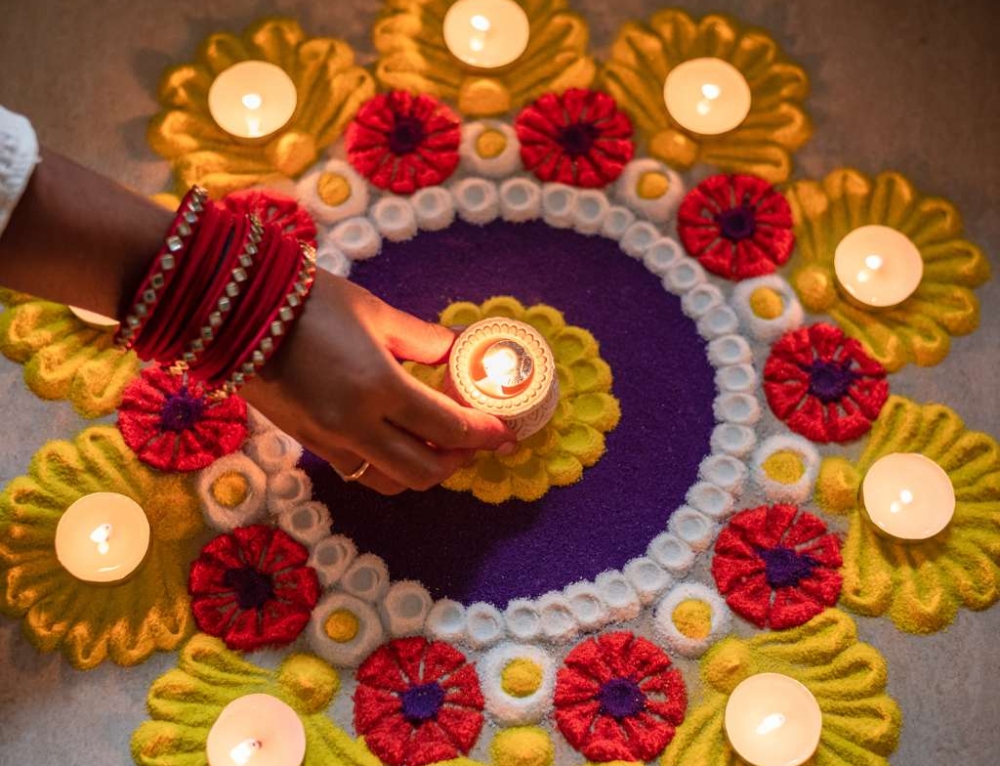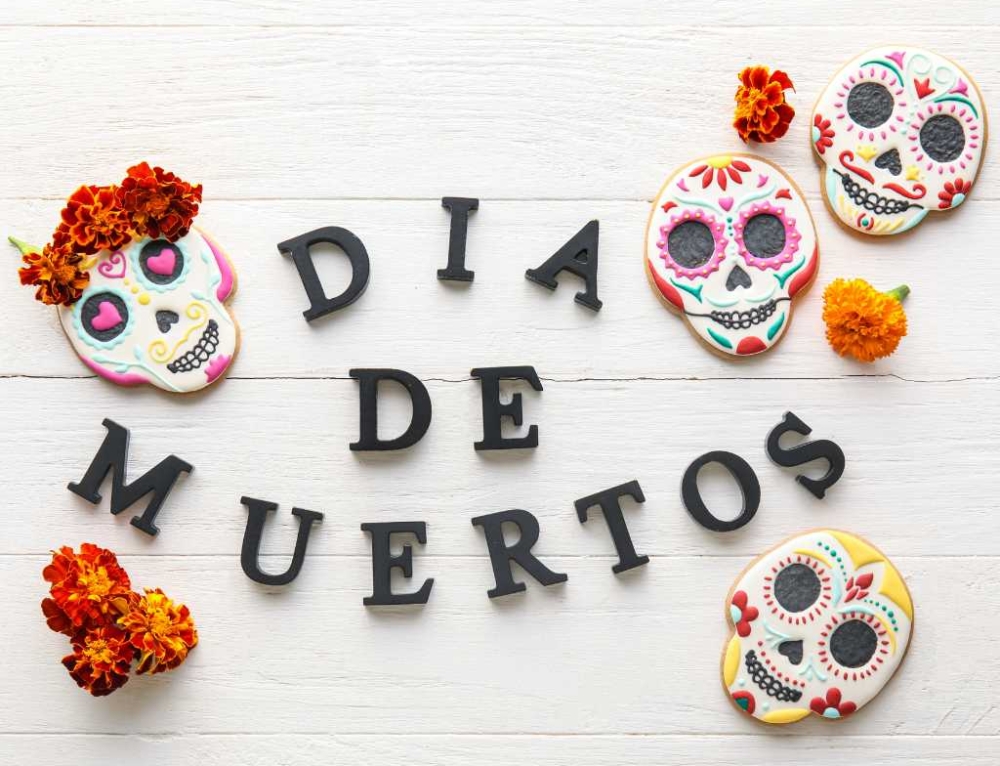If you’re not already home composting then you’re missing out on great, organic fertiliser for your garden and an easy way to reduce your rubbish.
Growing our own veggies has taken off in a big way recently. And those veggie plants love nothing better than some fantastic compost to give them nutrients for healthy growth.
Starting a compost bin
To get started, there is an array of compost bins and setups that you can choose from. Your local hardware store or garden centre is a good place to check out what will work best for your needs. Choosing one with a lid can help keep the pests away and speed up the process. Alternatively, you can build your own using a large plastic bin, or create a simpler open compost “heap” with some old pallets or fence panels.
Pop your compost bin into a sunny position in the garden, preferably close to your veggie patch for convenience. You also want it to be accessible for adding in more waste.
In order for compost to be created successfully you need a blend of nitrogen, carbon, air and water. The nitrogen comes from kitchen and garden waste. The carbon often gets overlooked but can be easily added by tossing in used paper towels, shredded newspaper, or leaves and twigs. If your compost looks too dry, sprinkle on some water. And if it looks to wet, throw in some shredded newspaper.
If you want to be using your compost quite quickly, then cutting down scraps etc to smaller pieces will help the process. It’s also helpful to mix or “turn” your compost every week. Once you get that earthy smell and the compost is broken down to a dark brown colour you’re good to use it on the garden.
Having more than one compost bin lets you use the compost from one while the next load of compost is being prepared.
What goes in and what to leave out
Basically, anything organic that isn’t going to attract unwanted pests is fine to go in. Things like meat and bread are too much of an attraction to rats so it’s best to leave those out. Dairy products and oils have a tendency to become rather stinky so leave those out too so you can avoid needing a peg on your nose every time you go into the garden.
What to put in the compost
- Vegetable and fruit peelings and scraps
- Cut grass from the mower
- Plant prunings
- Cardboard and brown paper bags
- Eggshells (not eggs though)
- Nut shells
- Leaves
- Tea leaves, coffee grounds and filters
- Clean paper, paper towels, shredded newspaper
- Hay or straw
- Wood chips or sawdust (as long as you know it wasn’t treated)
- Home compostable packaging
What to leave out
- Meat, fish, or bones
- Dairy products
- Eggs
- Bread and baked goods
- Rice or pasta
- Oil or fat
- Pet waste
- Plants with disease or insects
- Weeds
- Any plant that has been treated with a pesticide
- Plastic
- Stickers from fruit
- Glossy paper
Using the compost
For new beds, dig a 10cm layer of compost into the soil and mix well. For established beds, you can spread a 5cm layer of compost over the soil and the worms will get to work and mix it in. Always wear gloves and a dust mask when working with compost and wash hands thoroughly afterwards.
Top tips for composting
To help make your compost successful you need to get the whole family on board to help add the right scraps etc. As you know what your family usually eats or uses around the home, creating an easy to read family “cheat sheet” of what can be put in the compost can help.
Utilising a kitchen scraps bin is the easiest way to get into the habit of composting. You can purchase ones with a carbon filter to block the smell. I just use a small plastic bin with a flip lip that hides under the kitchen sink when not in use and gets emptied every other day. Putting a piece of kitchen towel in the bottom not only makes emptying the bin into the compost easier but can also help to achieve a good level of carbon without too much forethought.
Remove the stickers from your fruit peels before they go in the compost as those things never seem to break down!
Do you use your own compost in the garden?
See more:
 Written by Julie Scanlon
Written by Julie Scanlon
Julie is Editor for Kidspot NZ and our MVP. Her hobbies include laughing uncontrollably at her own jokes, annoying her family by asking questions about movie plots, and never taking anything too seriously. She speaks a little Spanish and a lot of Yorkshire.
Favourite motto to live by: “It ain’t nothing but a thing”







Leave A Comment
You must be logged in to post a comment.